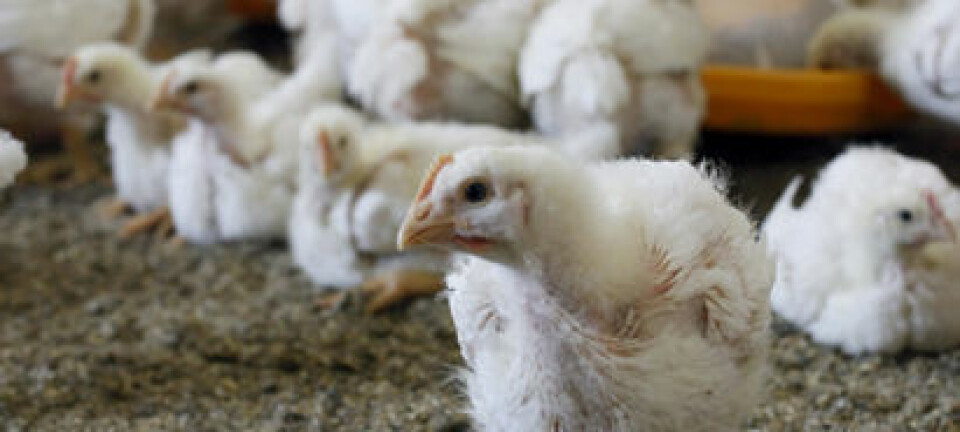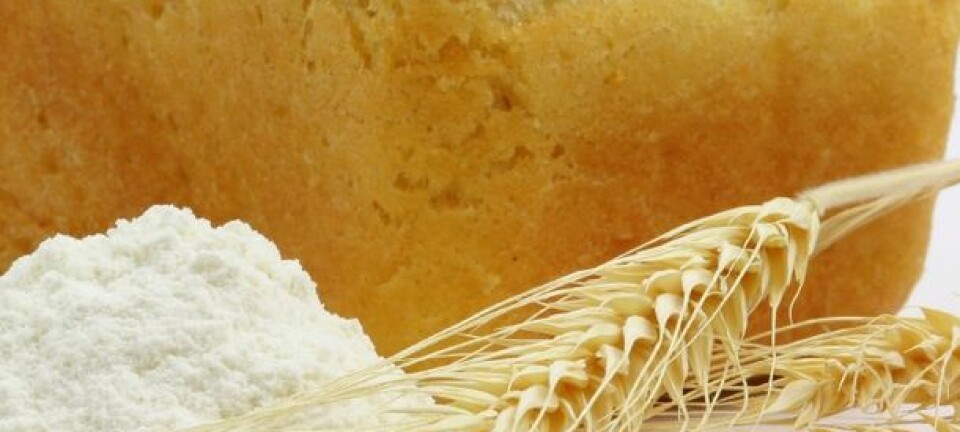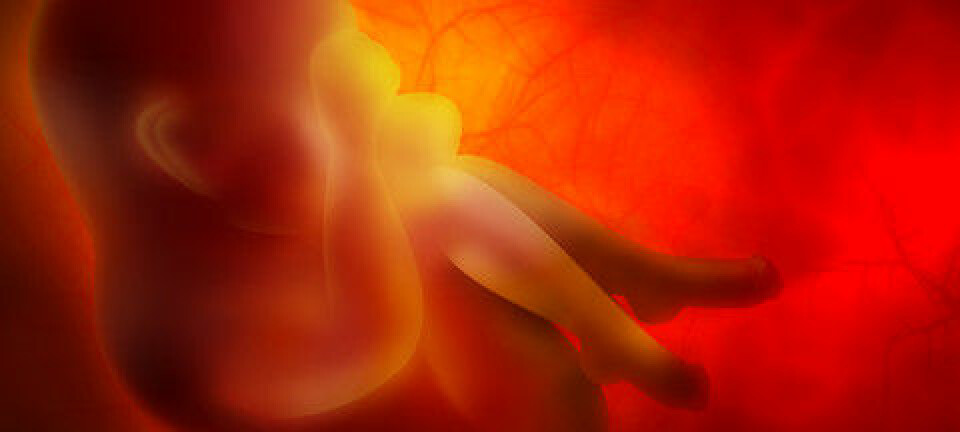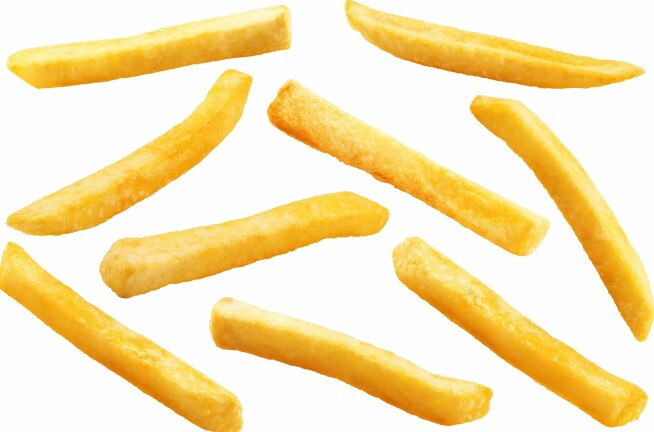
How scientists will sneak healthy fibres into your food
Scientists are designing sneaky dietary fibres to make people eat healthier without noticing it.
Most people in the Western world are eating too much meat and too few dietary fibres. This puts a lot of stress on the intestines and can end up causing a most unpleasant infection known as Inflammatory Bowel Disease (IBD). IBD can potentially develop into colorectal cancer.
The reason is that it can be difficult to ingest the amount of fibres.
This is something postdoc Tina Skau Nielsen, Department of Animal Science at Aarhus University, is trying to solve.
She’s currently studying whether it is possible to compensate for the lack of fibres in our food by designing food components with the same properties of dietary fibre but without any of the negative properties: bitter taste and bad texture.
“We’re trying to develop food components that behave like dietary fibre but which are easier to eat,” says Nielsen. She has just begun her research project which is supported by the Danish Council for Independent Research.
Too much red meat and fat
Why do people not get enough dietary fibre through their food?
Nielsen believes it’s because we eat too much red meat, too much fat, and too many easily digestible carbohydrates such as sugar and white flour.
“A lot could be prevented simply by eating more fibres. But it’s difficult to eat sufficient quantities -- particularly because it has negative effects on the sensory quality of foods,” she says.
Can be manipulated to behave like dietary fibre
Entirely untreated, starch -- which is what Nielsen and her colleagues are working with -- consists of long glucose molecules assembled in long chains. When the researchers modify starch in the laboratory they can manipulate it to behave like dietary fibres.
This can be done by means of so-called enzymatic treatment, in which enzymes that alter the molecular structure are added. Instead of being one long chain, the molecule becomes bifurcated which prevents the enzymes in the large intestine from digesting it.
Instead, it continues all the way to the large intestine where the microbes can break it down to form butyric acid.
Nielsen also wants to add butyric acid to her modified starch molecule since it helps to maintain the mucus membrane of the large intestine, preventing the absorption undesired microorganisms.
How will the fibres be sneaked into us?
Manipulating starch molecules and the addition of butyric acid will be done in the laboratory. It will then be tested on rats, some of whom will be put on a diet with lots of fat and protein -- similar to the unhealthy diet of many of us -- in order to provoke the initial stages of colonic cancer.
“Afterwards we will feed them our food component to see if this can counteract the negative effects of the high meat and protein diet on the large intestine,” says Nielsen.
If everything proceeds as it should the next step will be to carry out tests on humans. It will not simply be a question of the effect or any harmful effects but also usability -- and in particular taste.
“Then we have to find out how we can get people to eat it. Should it be in powder form, or would it be more practical to incorporate it in foods? And does it taste good?” says Nielsen.
She says that human experiments of this kind will not take place until some years into the future.
-----------
Read the original story in Danish on Videnskab.dk
Translated by: Hugh Matthews











